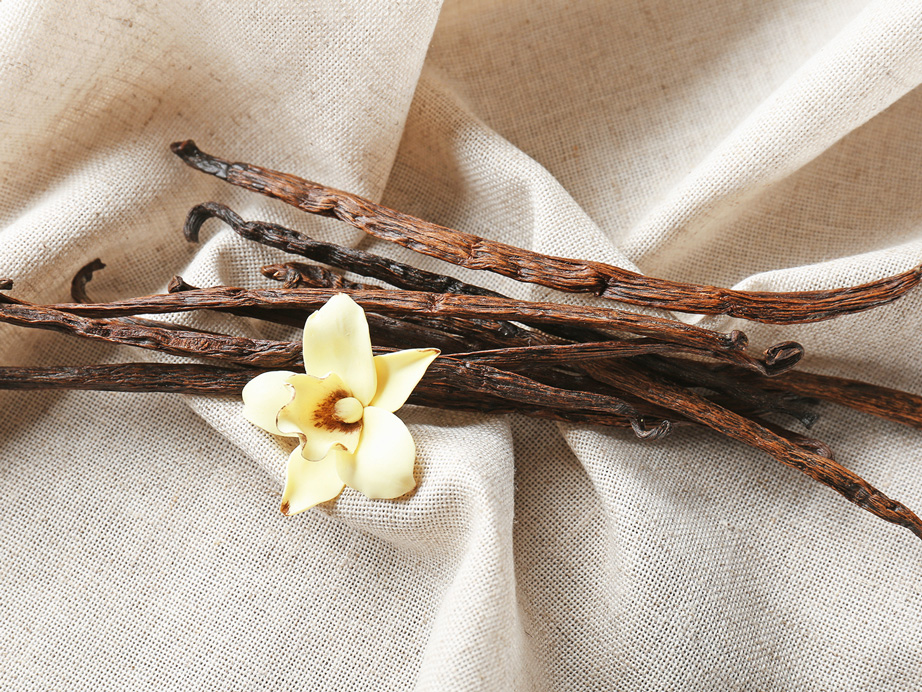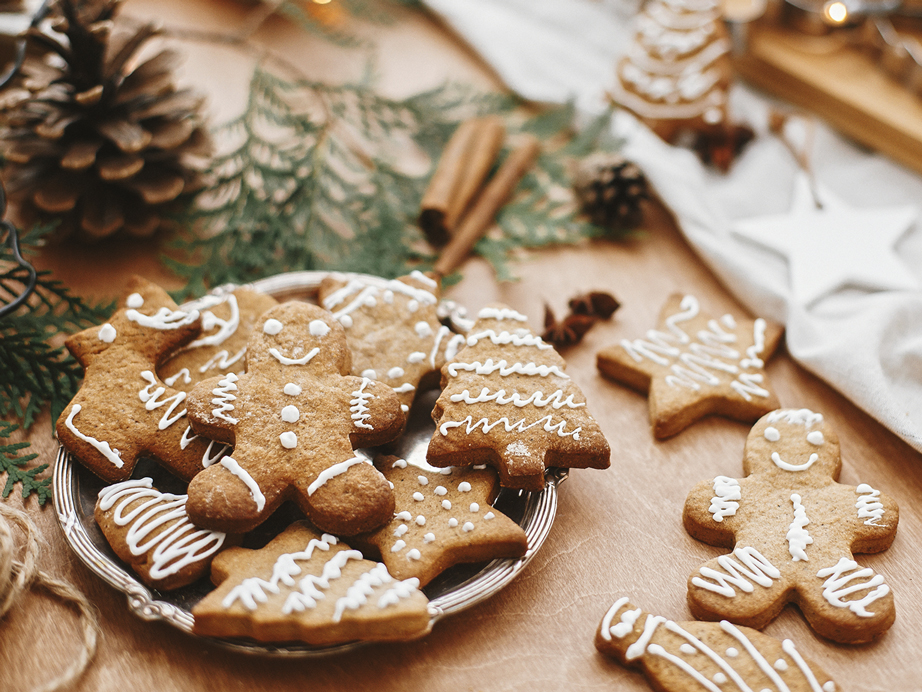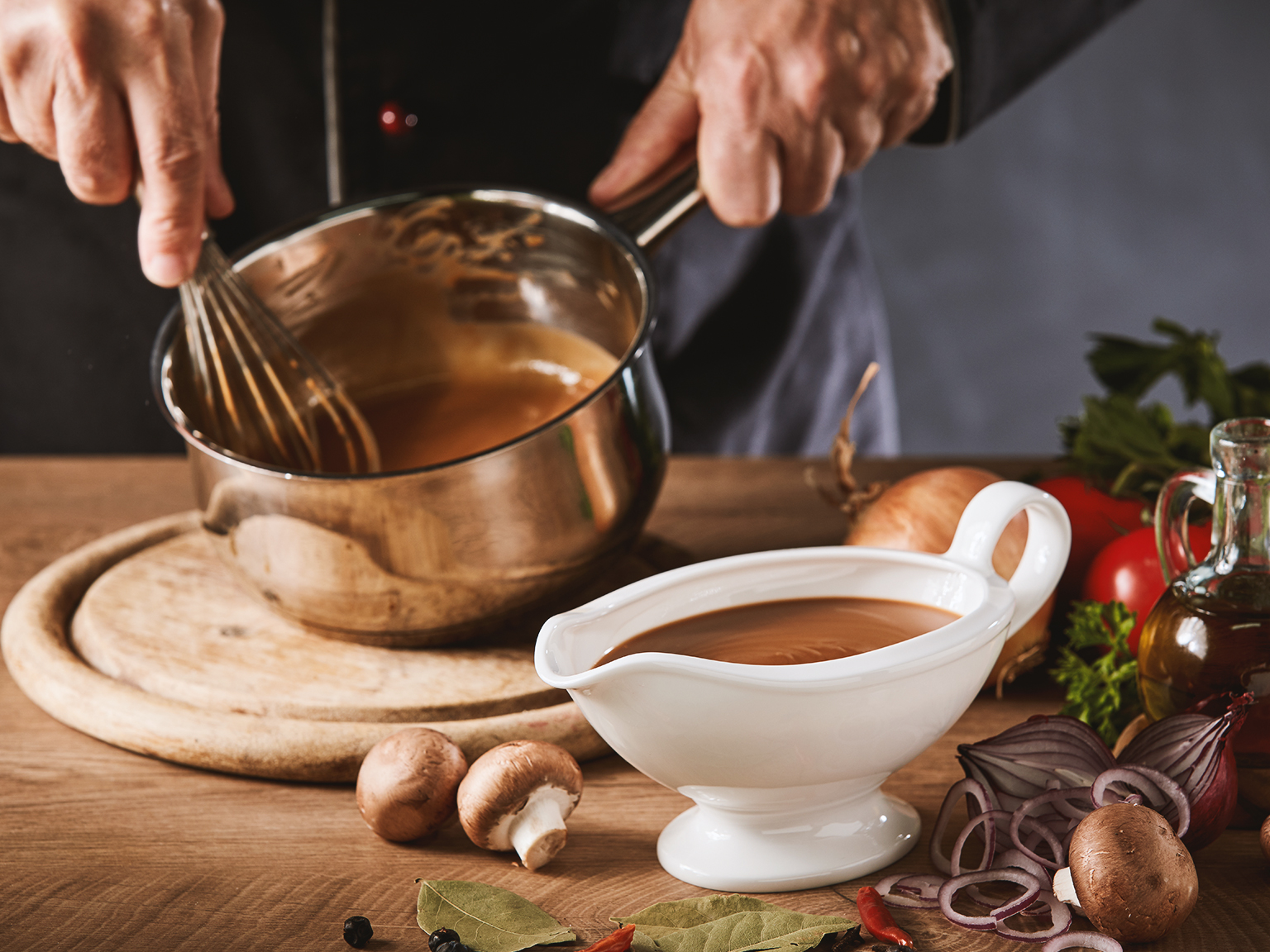
Schüfeli ist eine regionale Delikatesse aus dem Süden Deutschlands. Im Wesentlichen handelt es sich um einen speziellen Schnitt aus dem Schulterblatt eines Schweins, der mit Gemüse und Alkohol gekocht wird.
Der Name Schüfeli bedeutet wörtlich übersetzt kleine Schaufel und ist auch als Schäuferl, Schäufele, Schäuferl oder Schäfelchen bekannt.
Zwei ausgezeichnete Methoden, um weiches, saftiges Schüfeli zuzubereiten
So wie der Name des Gerichts von Region zu Region unterschiedlich ist, unterscheiden sich auch die Rezepte.
Im fränkischen Raum etwa kocht man das Schäufele vor, indem man die Fettschwarte des Fleisches kreuz und quer einschneidet, es dann mit Gewürzen einreibt und dann mit Gemüse und Bier in einen Schmortopf gibt. Dieses Gericht muss einige Stunden im Ofen gegart werden.
Beim badischen Schäufele hingegen wird das Fleisch zunächst gepökelt und geräuchert und dann in einer Brühe aus Kräutern und Wein gegart.
Bei beiden Methoden entsteht weiches und aromatisches Fleisch, das vom Knochen fällt. Schüfeli ist ein beliebtes Weihnachtsessen in Deutschland und Teilen der Schweiz, beruhigend und sättigend, aber auch festlich und authentisch.
Wenn du dieses Schweineschultergericht zu Hause ausprobieren möchtest, besteht deine Hauptaufgabe darin, das richtige Stück zu finden. Daher könnte ein Besuch beim Metzger angebracht sein.
Lass uns ein traditionelles Schäufele à la Frankenland kochen
Sobald du das richtige Fleischstück gefunden hast, probiere dieses Rezept für Fränkisches Schäufele und bereite deine eigene Version des berühmten Gerichts mit einer perfekt knusprigen Oberfläche zu.
Zutaten:
- 1 Schulterblattstück (ca. 1 kg)
- 2 mittelgrosse Zwiebeln
- 2-3 Knoblauchzehen
- 1 Selleriestange
- 1 Karotte
- 1 TL Kümmel
- Meersalz
- schwarzer Pfeffer
- Hühnerbrühe
- dunkles Bier
- 1 TL Honig
Zubereitung:
- Heize den Backofen auf 160 °C vor.
- In der Zwischenzeit das Fleisch waschen und trockentupfen.
- Schneide die Schwarte kreuz und quer ein und achte darauf, dass das Messer nicht bis zum Fleisch oder Knochen durchdringt.
- Zwiebeln, Knoblauchzehen, Sellerie und Karotte grob schneiden und dann beiseitestellen.
- Zerstosse den Kümmel in einem Mörser und vermische ihn mit Meersalz und schwarzem Pfeffer.
- Reib die Fettschicht des Fleisches nur mit Salz ein, um die Krustenbildung zu unterstützen. Dann das Unterteil und die Seiten des Fleisches mit der Kümmel-Gewürzmischung einreiben.
- Lege das Fleisch mit der Schwarte nach oben in einen Schmortopf, gefolgt vom Gemüse. Gib auch etwas Hühnerbrühe hinzu, aber nicht mehr als etwa 2 cm der Form. Anschliessend für etwa 2-3 Stunden in den vorgeheizten Ofen stellen. Begiesse das Fleisch während des Garens mehrmals, damit es nicht anbrennt.
- Wenn das Fleisch fast gar ist, nimm es aus dem Ofen und erhöhe die Hitze auf 230 °C. Misch 250 ml / 1 Tasse Bier mit Honig und giess es über das Fleisch und das Gemüse. Dann stell den Topf für weitere 10–15 Minuten in den Ofen.
- Das Fleisch sollte sich vom Knochen lösen können. Leg es vorsichtig auf einen Servierteller und lass den Saft durch ein Sieb in einen Topf abtropfen.
- 10. Koch den Saft, um das Flüssigkeitsvolumen zu reduzieren, bevor du ihn als Sauce verwendest. Das Schäufele mit Kartoffelpüree und Sauerkraut servieren.



